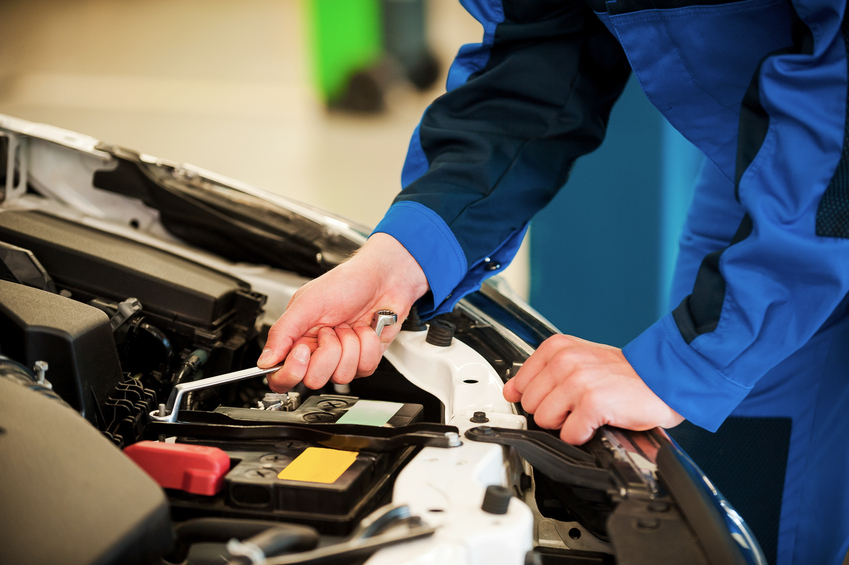
The most mechanically complex component of any automobile is the engine. With hundreds of moving parts and the growl of a lion, engines have long fascinated auto mechanics. Although engine engineering is rather complex, many engine designs are quite similar in principle. However, that doesn’t mean that there aren’t a few engine designs that have broken the mold and motored past the usual engine design principles.
The following are four of the strangest engine designs that have made it to production.
1. This Supercar Engine is a Beast that Auto Mechanic Training Students Will Love
The Bugatti Veyron W-16 is one of the most amazing engines ever produced, offering 1,001 horsepower and 922 lb-ft of torque. To produce such amazing power, the engine has 64 valves and four turbochargers. The W-16 is named that way due to the engine being W-shaped and having 16 cylinders in total. With Bugatti only selling about 450 Veyrons globally, the chances of anyone with an auto mechanic career working on one is pretty slim, but you never know where an auto mechanic career will take you!
2. Pros With Auto Mechanic Training Will Love this Supercharged Minivan!
Nobody supercharges a minivan—except Toyota, who in 1994 supercharged their Previa. It offered 2.4 litres of raw minivan power that was housed in a strange place, directly beneath the front seats of the car. Although the engine performed well, and most old Previas can get over 300,000 kilometers, working on the engine involved removing the passenger seat of the van, the carpet and an access panel. Many of the Previas that were built have lasted a long time, so even though they are over 20 years old, it’s quite possible you may get to use your car repair training to work on one once you begin your career!
3. This Supercar with 16 Cylinders is a Must-Know for Auto Mechanic Training Students
The engine within the Cizeta-Moroder V16T was maybe the most complicated engine to be housed in a supercar. The engine was actually two independent V8 engines that shared a single engine block and were joined together by a timing case. The 6.0 liter engine produced 560 horsepower and its large displacement made the Ferraris and Bugattis of the day seem much less impressive. Getting to work on this one may be a long shot for grads of auto mechanic programs, but the company is still manufacturing them if requested, so you never know.
4. Auto Mechanic Training Students Know the Mazda Rotary Engine is an Engineering Marvel
The Mazda rotary engine was used in the Mazda RX-7 and RX-8 up until 2012, but it was the RX-7 that made these engines famous. The RX-7’s rotary engine produced 261 horsepower and was equipped with two turbochargers, but absolutely drank gas. Rotary engines work by compressing the gas and oxygen mixture inside the engine through a piston that rotates within a circular housing, rather than a piston that only compresses the mixture by rising and falling vertically. Perhaps you’ll get to see one during your auto mechanic career!
Want to begin your auto mechanic training and see what other cool engines you might get to work on?
Contact an advisor today to find out more!

